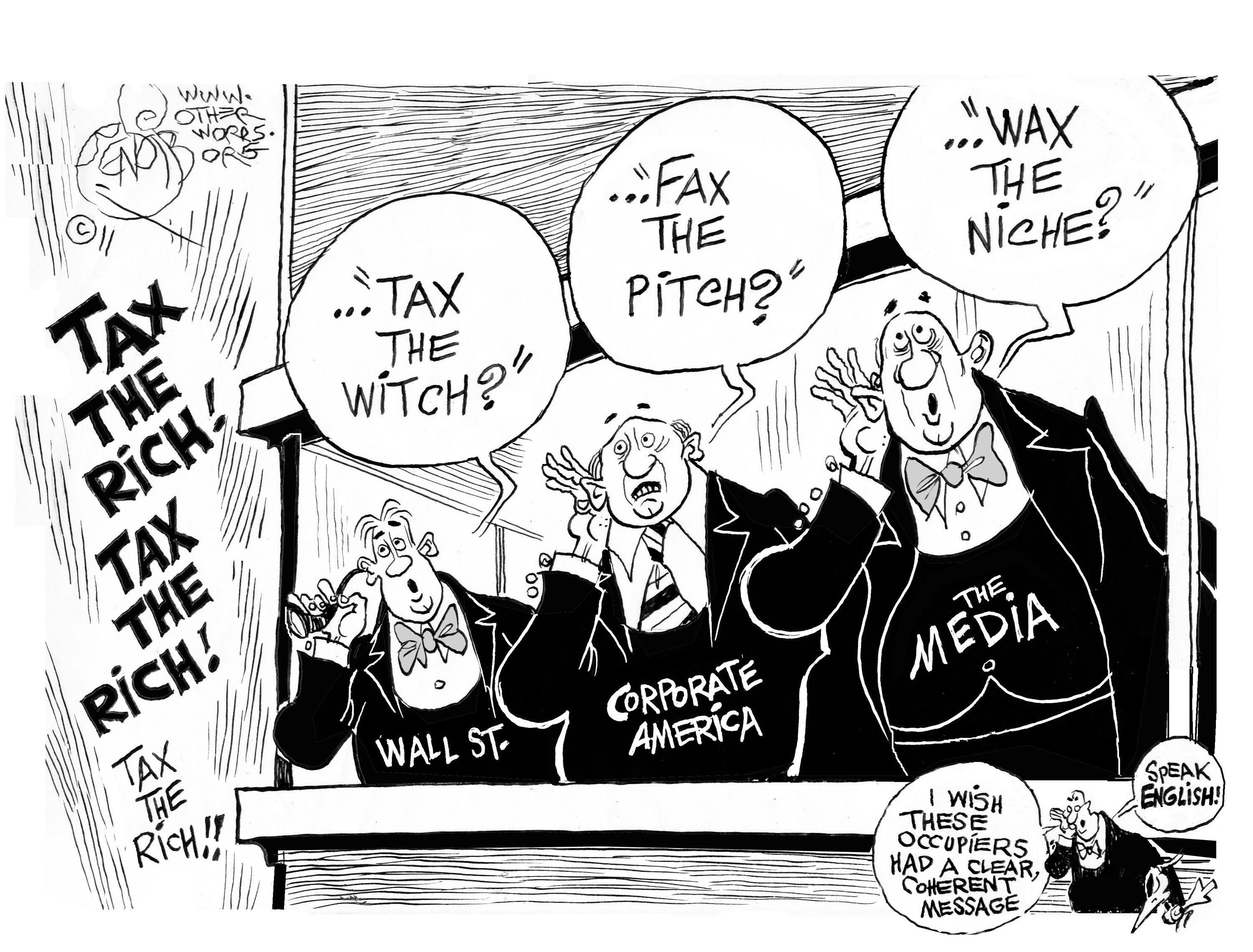Tax
the rich before the rest
 Presidential candidates should take
a pledge: The middle class should not pay one dollar more in new taxes until
the super-rich pay their fair share.
Presidential candidates should take
a pledge: The middle class should not pay one dollar more in new taxes until
the super-rich pay their fair share.
Already candidates are outlining
ambitious programs to improve health care, combat climate change, and address
the opioid crisis — and trying to explain how they’ll pay for it.
Donald Trump, on the other hand,
wants to give corporations and the richest 1 percent more tax breaks to keep
goosing a lopsided economic boom — even as deficit hawks moan about the
exploding national debt and annual deficits topping $1 trillion.
Eventually someone is going to have
to pay the bills. If history is a guide, the first to pay will be the broad
middle class, thanks to lobbyists pulling the strings for the wealthy and big
corporations.
Here’s a different idea: Whatever
spending plan is put forward, the first $1 trillion in new tax revenue should
come exclusively from multi-millionaires and
billionaires.
Four decades of stagnant wages plus runaway housing and health care costs have clobbered the middle class. In an economy with staggering inequalities — the income and wealth gaps are at their widest level in a century — the middle class shouldn’t be hit up a penny more until the rich pay up.
The biggest winners of the last decade,
in terms of income and wealth growth, have not been even the richest 1 percent,
but the richest one-tenth of 1 percent. This 0.1
percent includes households with incomes over $2.4 million, and wealth starting at $32 million.
They own more wealth than the bottom 80 percent combined. Yet these multi-millionaires and
billionaires have seen their taxes decline over
the decades, in part because the tax code favors wealth over work.
This richest 0.1 percent receives
two-thirds of their income from
investments, while most working families have little capital income and depend
on wages. But our rigged system taxes most investment income from wealth at a
top rate of about 24 percent — considerably lower than the top 37 percent rate
for work.
One way to ensure that the wealthy
pay first is to institute a 10 percent surtax on incomes over $2 million. This
“multi-millionaire surtax” would raise nearly $600 billion in revenue over 10
years, according to an upcoming study from the Tax Policy Center.
The surtax would apply to income
earned from work (wages and salaries) and to
investment income gained from wealth, including capital gains and dividends. So
those with capital income over $2 million would not get a preferential tax
rate.
The multi-millionaire surtax is easy
to understand, simple to apply, and effective — because it covers all kinds of
income, making it difficult for the wealthy to avoid.
And it is laser focused on the
super-rich. Anyone earning below $2 million a year will not pay a dime.
As a nation, we will need to raise
trillions to protect Social Security, Medicare, and Medicaid, and to address
urgent priorities such as health care, climate change, child care, higher
education, opioid addiction, and more.
The middle class should have 100
percent confidence that they won’t be asked to pony up until Wall Street
speculators and billionaires pay the piper. A multi-millionaire surtax is
a good first step.
Chuck Collins directs the
Program on Inequality at the Institute for Policy Studies. This op-ed was
distributed by OtherWords.org.